[ad_1]
It’s only natural that, when planning a trip in a European country, tourists will usually start with the capital.
After all, it’s usually the largest city, most cosmopolitan hub, and a cultural heart of sorts.
Think London and its bustling streets, double-decker buses, and iconic red telephone boxes, Paris with the Eiffel Tower and elegant Haussmann boulevards, or Berlin and its edgy urban art scene and electrifying nightlife.
Occasionally, however, the capital will not be the best representation of, much less the ideal introduction to, a nation.
That’s something we at Travel Off Path have picked up on years ago, and what’s inspired us to chase after lesser-known, underrated alternatives, but it’s finally drawing the attention of other major outlets.
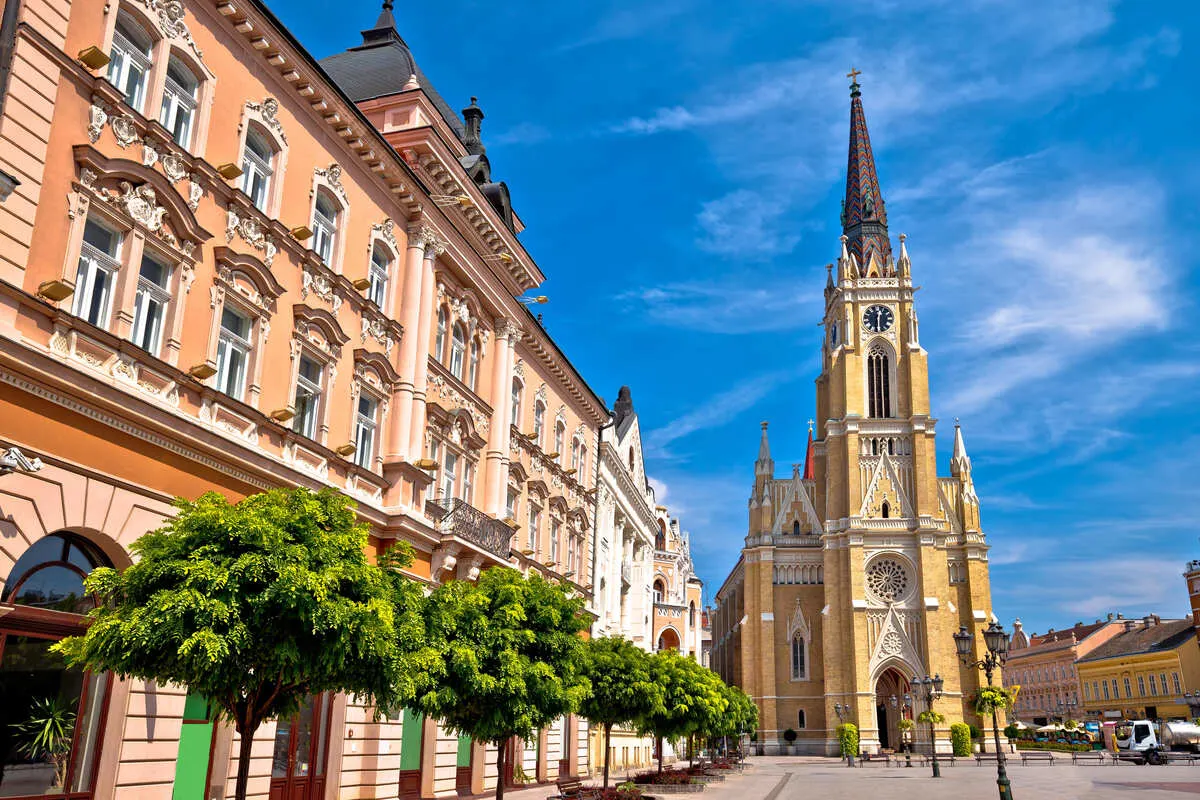
Are Second Cities Better?
Just recently, the popular luggage storage company Radical Storage published a list of Europe’s top-rated “second” cities. As in, the most populous urban areas after a capital.
In that list, the overall tourist experience was better in 10 out of 44 second cities was “better”, taking into account factors like accommodation, food, culture, and local attractions.
3 in particular stand out, as unless you’re an avid Travel Off Path reader and well-versed in European hidden gems at this point, some of these names might surprise you:
Novi Sad, Belgrade
Instead of Belgrade
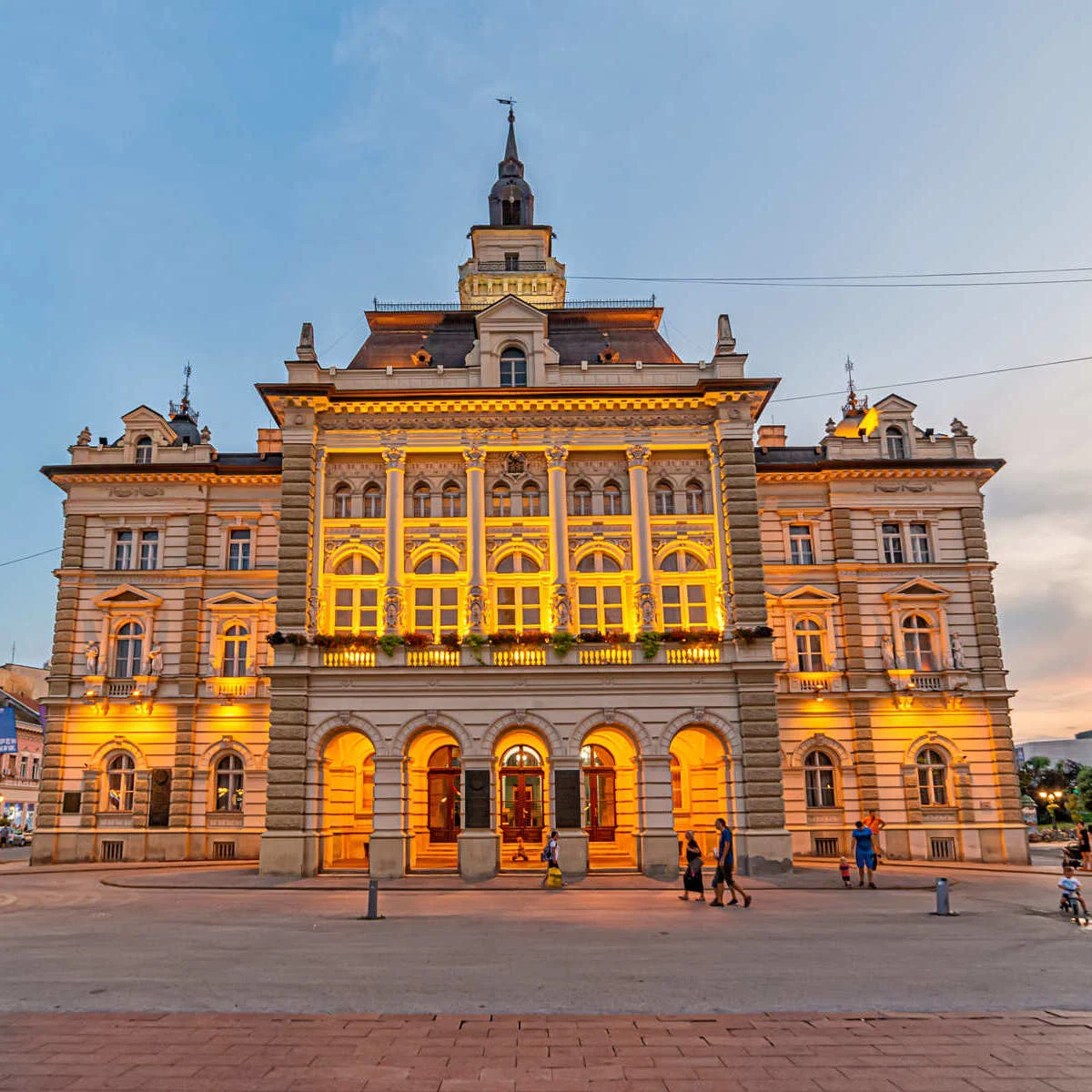
Trailing after a million-people-strong Belgrade, with a population of around 368,000, Novi Sad is often treated as Serbia’s second-best offer, but could it be that it’s just been overlooked all along?
Home to a postcard Old Town, cut through with winding cobbled streets, peppered with traditional eateries, and dominated by a soaring Neo-Gothic cathedral, in a striking yellow, it is Belgrade’s more calm, idyllic sister.
Much like the Serbian capital, it sits on the banks of the Danube, lined with an imposing Petrovaradin and inviting riverside bars, and it just exudes Old World charm.
According to Radical Storage, Novi Sad boasts a whopping 102 attractions rated over 4/5 stars. With an average meal price of $9.80 per person and hotels costing roughly $ 39 per night, it ranks among Europe’s most affordable city breaks.
Cluj-Napoca, Romania
Instead of Bucharest
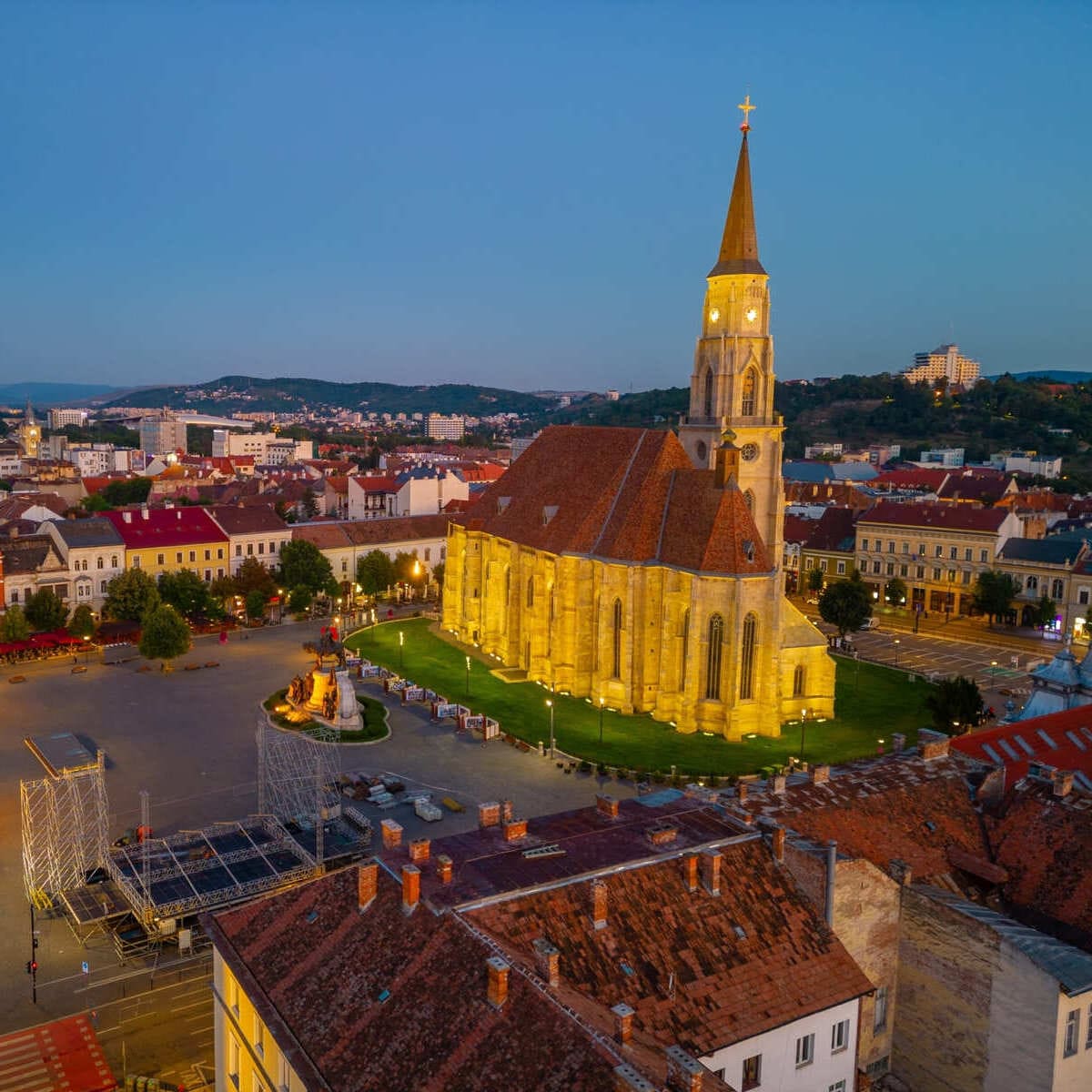
Unless you’re particularly enthusiastic about communist building blocks and that 20th-century modernist blight, chances are you won’t find what you seek in Bucharest, Romania’s sprawling, overly gray capital.
Now, if you’re dreaming of pointy church spires, narrow winding lanes, and Transylvanian aesthetics, you should head to Cluj-Napoca instead:
Boasting less urban pollution and more medieval allure than Bucharest, the beautiful Cluj is characterized by its lush gardens, most notably Cetatuita Park, landmark Saint Michael Church, a Gothic marvel dating back to the Middle Ages, and proximity to nature.
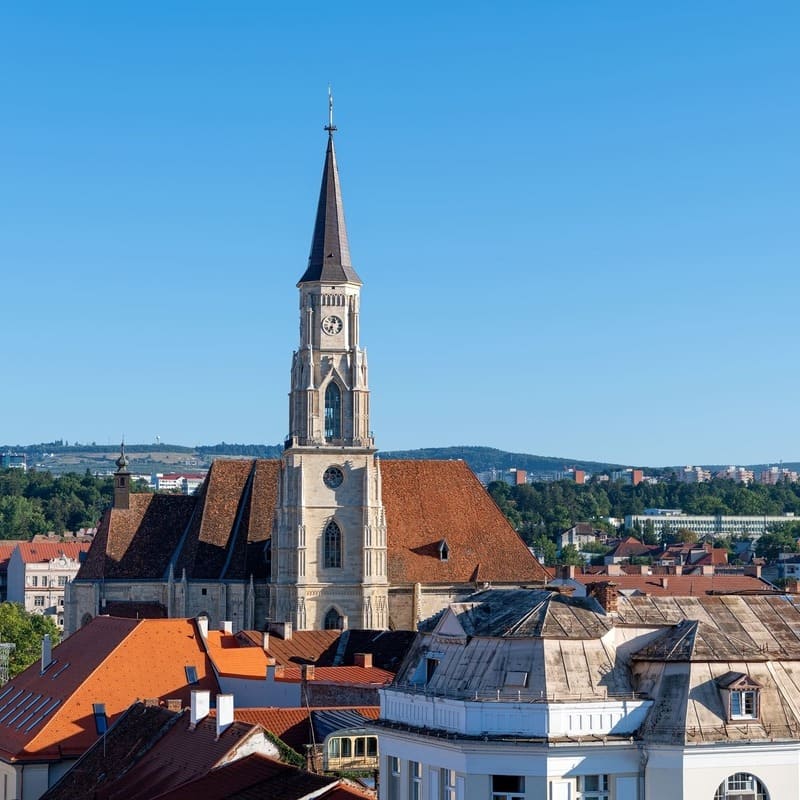
The mystic Hoia-Baciu Forest, famous for its twisted trees, is a short half-hour drive away, and Cluj itself is a gateway to the verdant Apuseni Mountains, a hiker’s paradise in central Romania.
As a cultural hub, it features 155 attractions with 4 stars and above, and its restaurants are equally well-rated.
Speaking of food, ordering yourself a Transylvanian lamb stew with onion and some beer will set you back by no more than $7.95.
Kutaisi, Georgia
Instead of Tbilisi
Last but not least, Tbilisi has become quite the trendy off-path destination in recent years since its discovery as a digital nomad hub.
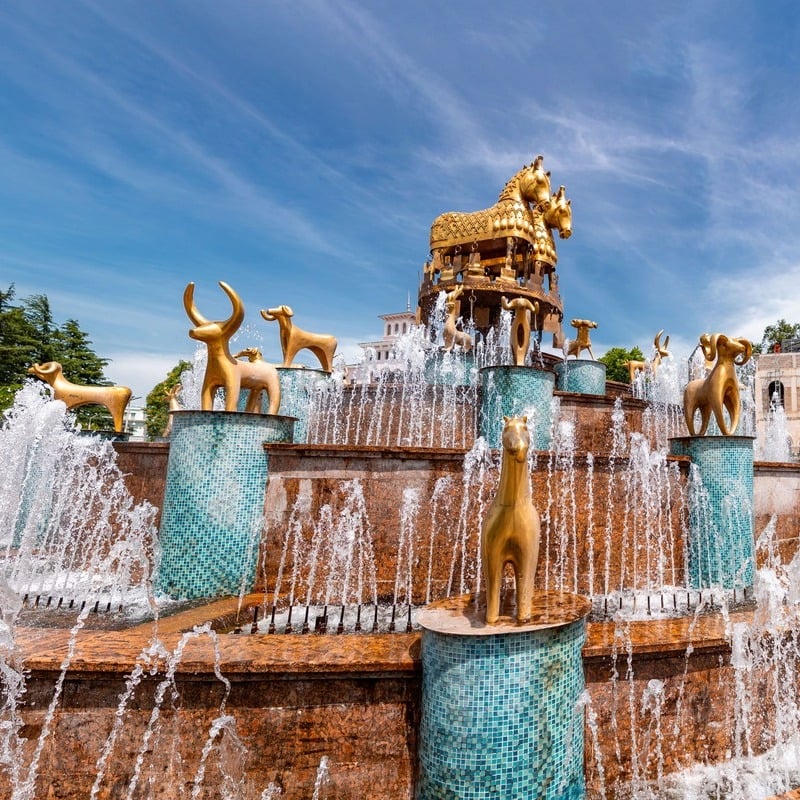
Other than remote workers, short-term visitors have been flocking there for the great wine—did you know Georgia is where wine was invented?—lively social scene, and ancient sights, but very few have been said about Kutaisi.
Georgia’s second-busiest hub, and a fast-growing metropolis in the wine region of Kakheti, it makes for a great Tbilisi dupe due to its historical significance and natural attractions.
Perched on a hill overlooking the city, the medieval Bagrati Cathedral is one of the largest in Georgia, and in the very center of town, the monumental, gold-clad Colchis Fountain celebrates the country’s rich past.

Other must-sees include the Soviet-era State Opera and the Green Bazaar, a farmers market where you can buy freshly-baked Georgian dumplings and homegrown wine straight from Georgian hands.
In the vicinity of the city, you’ll find an UNESCO-listed Gelati Monastery, the aeons-old Prometheus Cave, a complex system of underground rivers and naturally-illuminated stalactite chambers, and the emerald-green Martvili Canyon.
Additionally, you’ll be spending an average $42.33 per night in hotels here, compared to Tbilisi’s pricier $63.60.
The Travel Off Path Advantage: Your Travel Toolkit
Subscribe To Our Latest Posts
Enter your email address to subscribe to Travel Off Path’s latest breaking travel news, straight to your inbox.
[ad_2]
Source link
